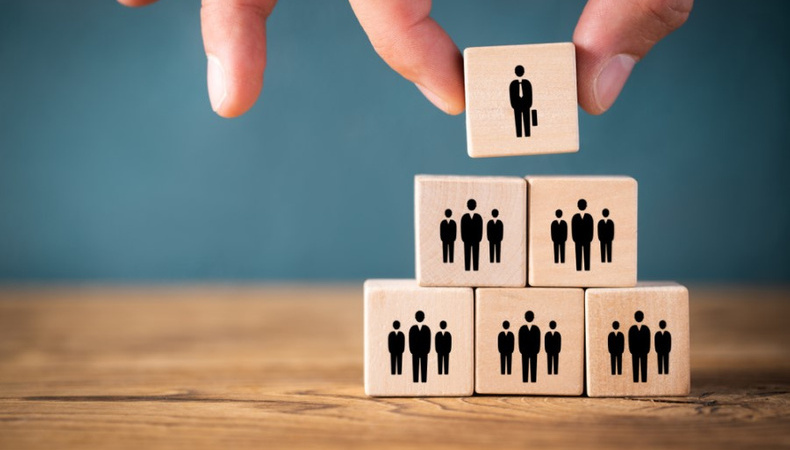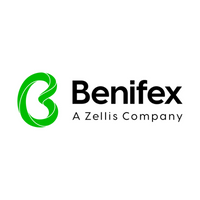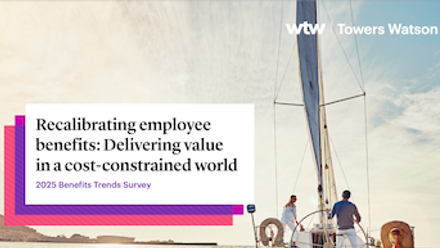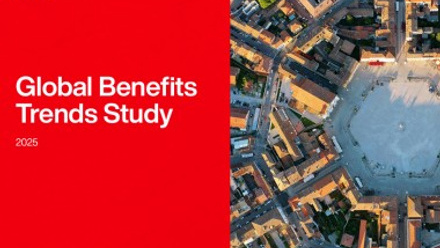How to structure reward across a global skills base

In our recent The new global reward director (2021) survey, one third of HR and reward leaders reported being stuck in a cycle of firefighting, continually having to react to problems, unable to take a proactive approach.
With increased responsibilities for wellbeing, diversity, equity and inclusion (DEI), environmental, social and governance (ESG), employee experience and reward, many global reward teams are now tasked with bringing this all together for a new post-pandemic world. The starting point is the foundation of the reward package.
Research research research
If you’ve not recently carried out a review of your reward package, now is the time. With companies beginning to plan for a post-pandemic future and employees moving to new workplace arrangements, it’s the perfect time to evaluate how competitive and relevant you – and your benefits – are in the new world of work.
One way is to carry out an employee survey to understand what employee thoughts and priorities are. While you may not be able to follow their requests through exactly, it will give you an indication of areas that may need some investigation – especially where competitors are concerned. Plus, don’t discount those low-cost benefits that may be popular and have minimal impact on your budget.
In parallel with your survey, the tried and tested method of benchmarking your reward offering will help you understand where you need to focus. This becomes particularly significant when your role looks after multiple countries and various job roles. If you’re not sure where to start, try talking to your benefits technology provider.
Defining your new structure
Armed with this information, you can start to take steps towards a new global reward structure. ‘Glocalisation’ will remain at the heart of what you do, ensuring that your global strategy considers local requirements, whether that’s salary, allowances, or benefits.
With less employees returning to the office full-time, the responsibility falls to you to consider whether the traditional office-based benefits (such as season tickets and gym membership) remain both relevant and cost-effective. Using a combination of employee feedback, benchmarking and examining your workforce, you can start to piece together your new global reward structure.
We are seeing some employers divert funding for more traditional benefits into other areas, such as wellbeing, helping to widen the ways employees can use this provision. Online classes, outdoor activities to encourage homeworkers to leave their desks, and more family-based support are some of the most popular uses for reorganised funding.
In some countries, we’ve seen how lunch vouchers have been opened up for use in supermarkets to promote healthy eating. By fixing your global objectives, you can then ‘glocalise’ the specific spending pots of each area, to be relevant for your local employees.
Your new remit
In this new world of work, DEI, wellbeing and corporate social responsibility (CSR) all now form part of your remit and need to be integrated into your global strategy. When reviewing your global reward strategy, feedback from employees provides guidance to ensure you are taking into account all employees’ needs. While you may have limitations on a country-by-country basis of what is possible, by setting your objectives beforehand, you can look to alternative approaches or solutions.
For example, you may operate in a country where same-sex marriage is criminalised, which thus impacts on benefits such as retirement and life insurance, where same-sex partners are not recognised. While organisations must be mindful of respecting local laws, it is also our responsibility to ensure employees’ needs are met and feel safe and validated in our workplaces.
At a time when this type of review and revisiting of your strategy is occurring, many organisations are taking the opportunity to link reward and benefits to their corporate values. Without in-person and office-based workplace culture, reward offers a new engagement avenue for employers and a new way to honour your culture.
Sustainability is one example, meeting both corporate responsibilities as well as being a popular benefit priority around the globe. Electric cars, bikes and promotion of public transport are all worthy of consideration, as are salary-sacrifice reforestation projects, carbon offsetting and charitable giving. These global strategic priorities can encourage engagement with shared values on both a global and local scale, reinforcing your values while supporting your employees’ interests.
Reworking not reinvention
The future of benefits looks to be about adaptation, choice and flexibility, rather than reinvention. The key phrase we frequently hear is that the rewards package, and in particular benefits, need to work harder. With increasing pressure on budgets, making use of the technology in place with greater opportunity to upgrade – even at employees’ cost or re-allocation of funds – will help enormously.
Of course, the additional complication now is that what we consider ‘local’ may not be as local as before. With a more open-minded approach to where your workforce is located and the decreasing need to be in a physical office, not only are your benefits changing, but so is how far you can and will go in offering choice and flexibility.
For example, if you are UK-based but your employees have relocated to Spain or Germany, typical UK compensation and benefits may not be relevant. In the new world of work, organisations need a strategy that can grow and move with their people, wherever they are.
Final thoughts: communication is key
Once your strategy is defined, the next steps are implementation and communication. Our The new global reward director (2021) research showed that companies feel held back by the quality of their employee communications and the effectiveness of their communication channels. There is a great opportunity for organisations to review their global communication strategy (in reward, and beyond) and bring it into the digital, hybrid-working age. The role of communications is to show how relevant the benefits are to different people and situations.
Above all, remember that you may have the best reward package in your various locations, but what use is that if your employees don’t know about it?
The author is Paul Andrews, global benefits director at Benefex.
This article is provided by Benefex.
Supplied by REBA Associate Member, Benifex
The home of award-winning employee benefits, reward, recognition, & communications.







